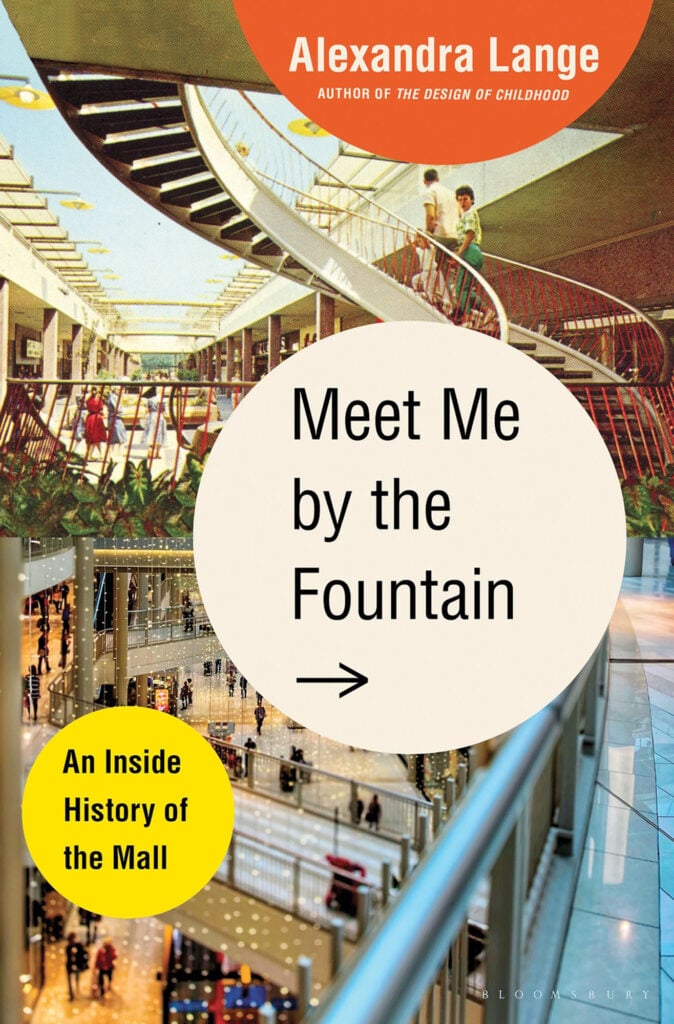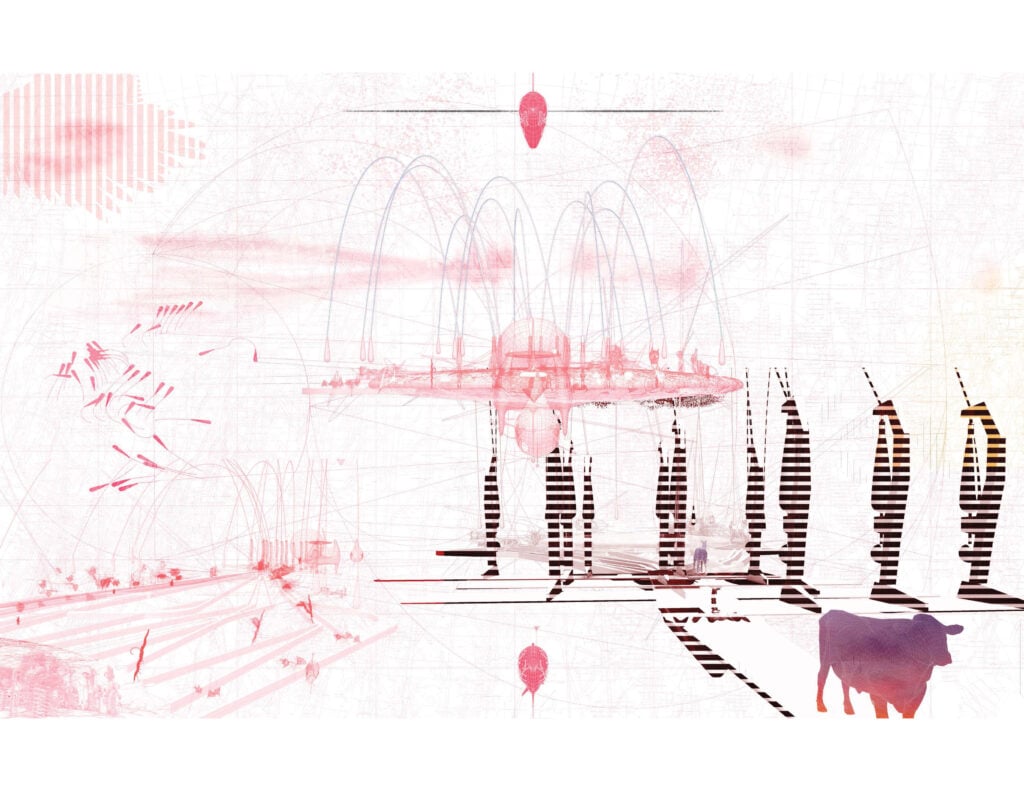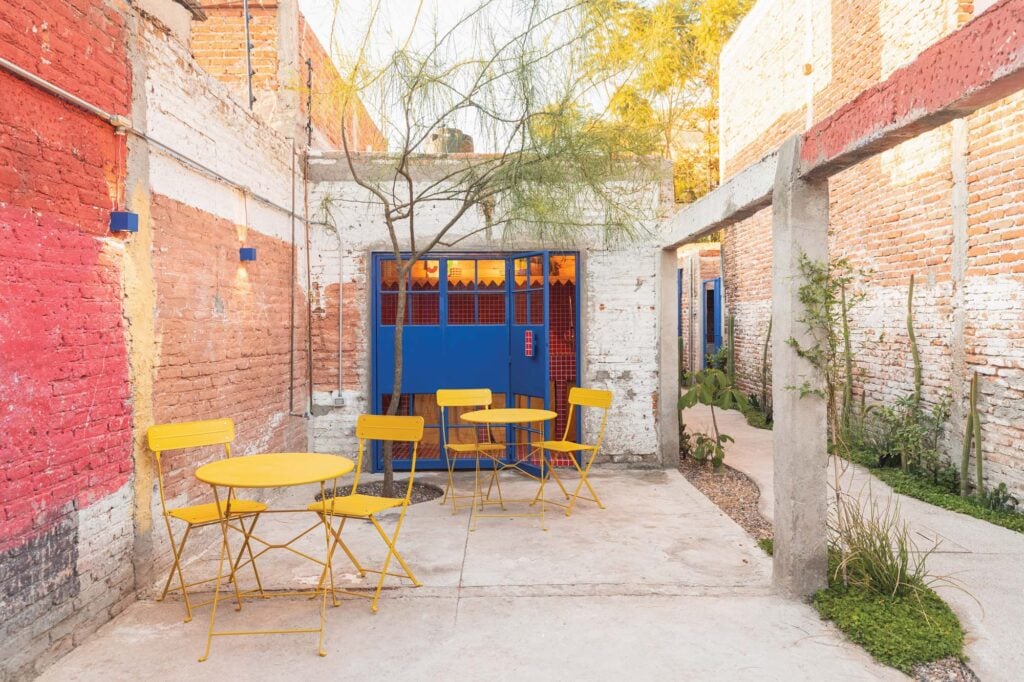
November 1, 2022
Chronicling the Rise and Fall of the American Shopping Mall

While the book is a thoroughly researched scholarly account, Lange’s accessible and entertaining writing style also makes it appealing to more than just design nerds. As she observes in the introduction, “In contrast to many other forms of public architecture, which embody fear, power, and knowledge, the mall is personal.” Whether malls are dead or alive, almost everyone has a mall story to tell.


Would you like to comment on this article? Send your thoughts to: [email protected]
Latest
Viewpoints
ThinkLab Shares Insights on the Dynamics of Sustainability in Decision-Making
ThinkLab helps us understand how the realities of product selection can maximize designers’ influence and impact.
Profiles
Students Imagine New Ways to Deepen Our Connection to Our Environment
Students from University of Pennsylvania, University of Michigan and Imagine New Ways to Deepen Our Connection to Our Environment
Projects
In Mexico, a Coworking Space Captures a Community’s Creative Spirit
Santa Tere Espacio, a colorful adaptive reuse project in San Miguel de Allende, is a collaboration between Oficina de Diseño Colaborativo, Maye Colab, and Atelier TBD.





